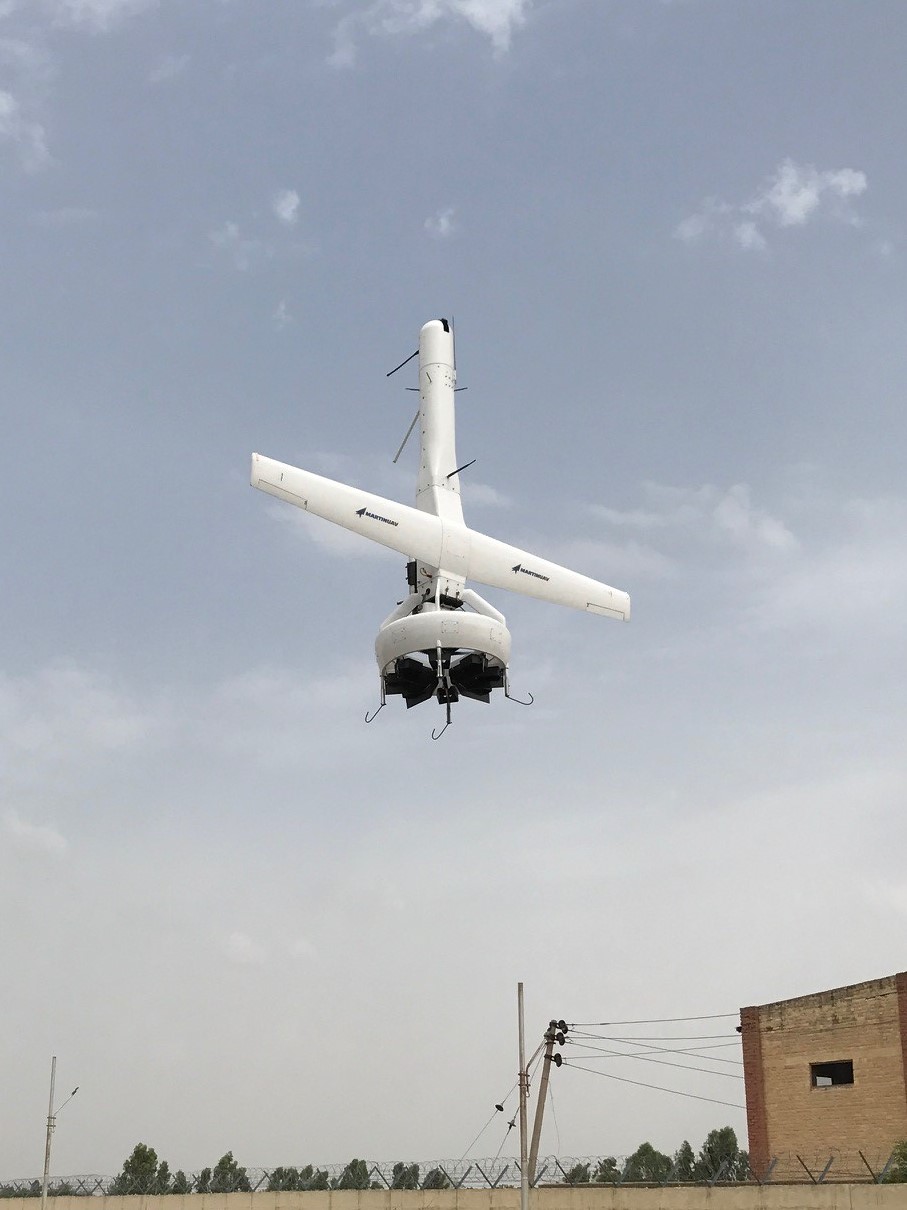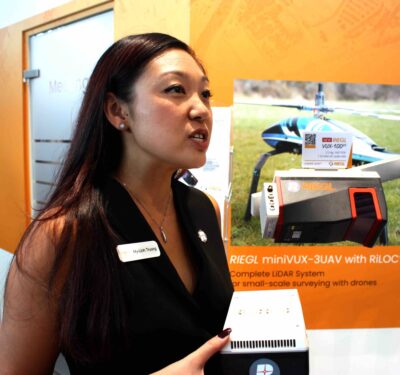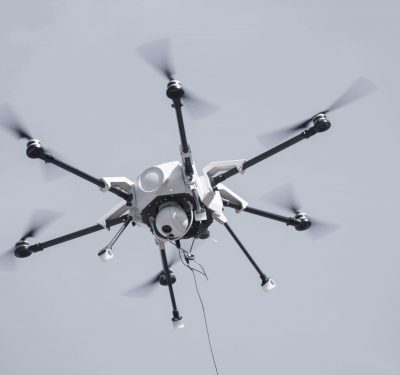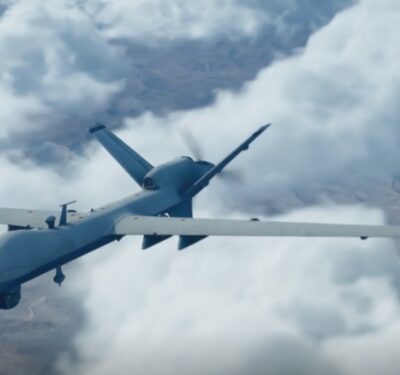 During the flights, which took place overseas, the sensor collected signals from more than 100 miles distance while the unmanned aircraft system (UAS) flew at 5,000 feet above ground level, according to a news release, which was a system first. Other system firsts, such as altitude, duration and range, were also achieved over the several days the test flights were conducted.
During the flights, which took place overseas, the sensor collected signals from more than 100 miles distance while the unmanned aircraft system (UAS) flew at 5,000 feet above ground level, according to a news release, which was a system first. Other system firsts, such as altitude, duration and range, were also achieved over the several days the test flights were conducted.
“The completion of the demonstration marks a critical step in the right direction,” said Andy von Stauffenberg, CEO of VStar Systems, according to the release. “We clearly showed that there is a gap in the ability to collect intelligence and our joint system is able to fill it. I am particularly excited to say that we were able to collect useful and new intelligence during this demo.”
The MA-C2E/Lite system is designed to function as a highly modular, scalable, flexible tactical COMINT sensor, according to the release. It is specifically intended to address design challenges posed by Class 2 or 3 drones. The Martin UAV V-Bat aircraft is a Vertical Takeoff and Landing (VTOL) drone designed to fly from very small areas with a minimal amount of support equipment.
“The integration of MA-C2E/Lite into V-Bat offers a potent combination giving organic intelligence collection capability operating from austere locations with a small tactical footprint,” said Phil Jones, COO of Martin UAV, according to the release. “We look forward to continuing development with V-Star Systems targeting both defense and international markets.”






